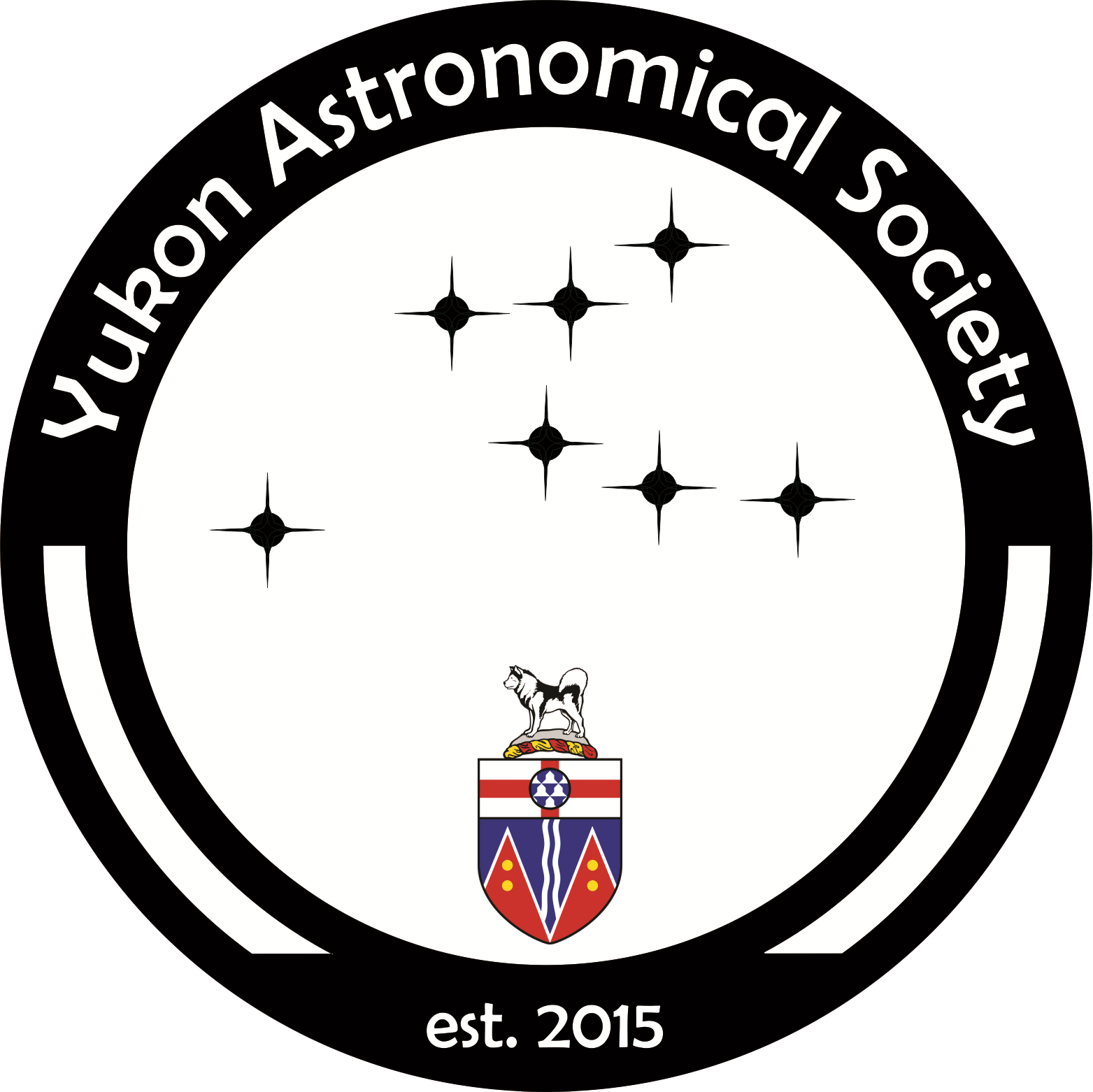Yukon Sky Report – May to August 2024
By: Shale Davis
T Coronae Borealis Nova
Tucked away in the Corona Borealis constellation lies a seemingly inconspicuous star not even visible to the unaided eye. This is T Coronae Borealis, and it is in fact two stars (though they appear as only one) orbiting each other in violent dance. The larger component of the binary system is a massive red giant near the end of its life. The smaller member is an incredibly dense white dwarf (a stellar ember composed of electron degenerate matter). This White dwarf is gravitational stealing matter directly from the surface of its giant neighbour, creating an accretion (a ring of material orbiting its host). During outbursts the rate of transfer between the two stars increases dramatically, thus increasing the luminosity of the system. The last such outburst was in 1946 in which it temporarily brightened to magnitude +3, easily visible to the unaided eye. Another such outburst is anticipated some time between now and the end of summer.
The Moon
Our closest celestial companion, The Moon shines brightly over Yukon nights this summer. When observed with powerful optics a beautiful vista is resolved. Craters of varying sizes dot the landscape, while ridges and mountains run across the surface. When trying to view the Moon, plan your observation sessions during times in between new and full Moon, this will provide you with the maximum contrast. Below are some dates for your reference.
| New Moon | Full Moon | |
|---|---|---|
| May 7 | May 23 | |
| Jun 6 | Jun 21 | |
| Jul 5 | Jul 21 | |
| Aug 4 | Aug 19 |
The Planets
Mars, the famed Red Planet, will begin its return near the end of this summer. It will continue to grow brighter until January of 2025. Those looking to catch a glimpse of Mars sooner can look east early before sunrise, where its brilliant red hue can be easily identified. On August 14th, Mars will make a strikingly close approach to Jupiter, appearing only 0.3 degrees away from the gas giant.
Jupiter, one of the most conspicuous objects in the night sky Jupiter will be making an appearance for the remainder of the year. Though it will not reach opposition until November, the late summer months could make for very pleasant observing due to higher temperatures. During this time, it can be found in the constellation Taurus to the east in the early morning.
Saturn, the majestic ringed planet will once again be gracing our skies. This year Saturn will be rising several degrees higher during its opposition then last year, making for great opportunities to witness this magnificent world. When viewed with a telescope both its rings and largest moon Titan can be easily resolved. Saturn is the dimmest of the planets discussed and is such the most difficult to find, many different online resources can help.
Clear Skies!
